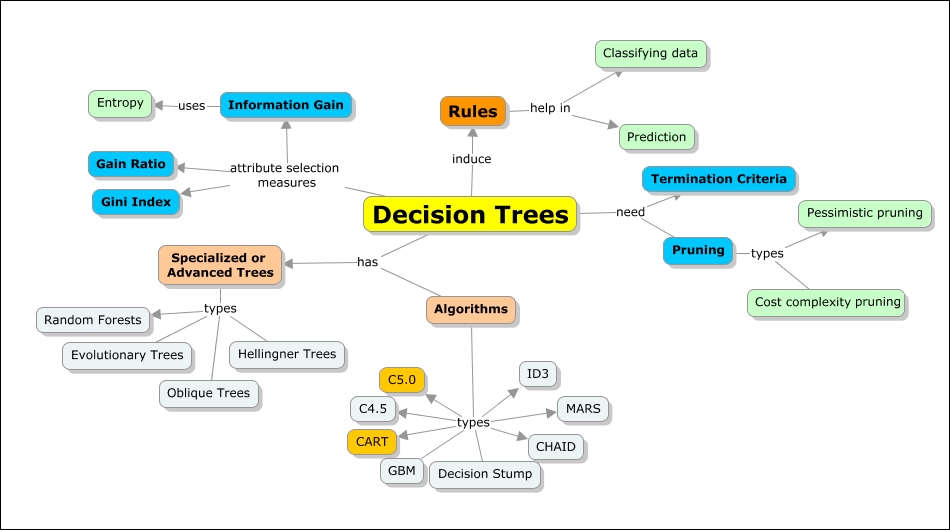Overview of this book
This book explores an extensive range of machine learning techniques uncovering hidden tricks and tips for several types of data using practical and real-world examples. While machine learning can be highly theoretical, this book offers a refreshing hands-on approach without losing sight of the underlying principles. Inside, a full exploration of the various algorithms gives you high-quality guidance so you can begin to see just how effective machine learning is at tackling contemporary challenges of big data
This is the only book you need to implement a whole suite of open source tools, frameworks, and languages in machine learning. We will cover the leading data science languages, Python and R, and the underrated but powerful Julia, as well as a range of other big data platforms including Spark, Hadoop, and Mahout. Practical Machine Learning is an essential resource for the modern data scientists who want to get to grips with its real-world application.
With this book, you will not only learn the fundamentals of machine learning but dive deep into the complexities of real world data before moving on to using Hadoop and its wider ecosystem of tools to process and manage your structured and unstructured data.
You will explore different machine learning techniques for both supervised and unsupervised learning; from decision trees to Naïve Bayes classifiers and linear and clustering methods, you will learn strategies for a truly advanced approach to the statistical analysis of data. The book also explores the cutting-edge advancements in machine learning, with worked examples and guidance on deep learning and reinforcement learning, providing you with practical demonstrations and samples that help take the theory–and mystery–out of even the most advanced machine learning methodologies.




